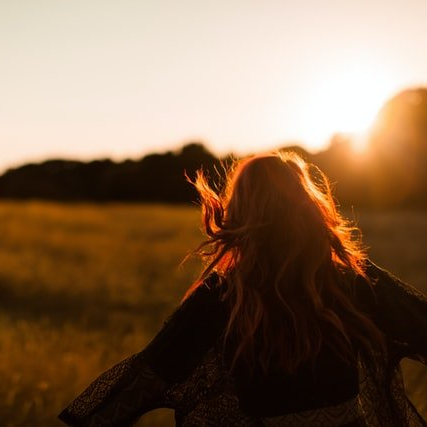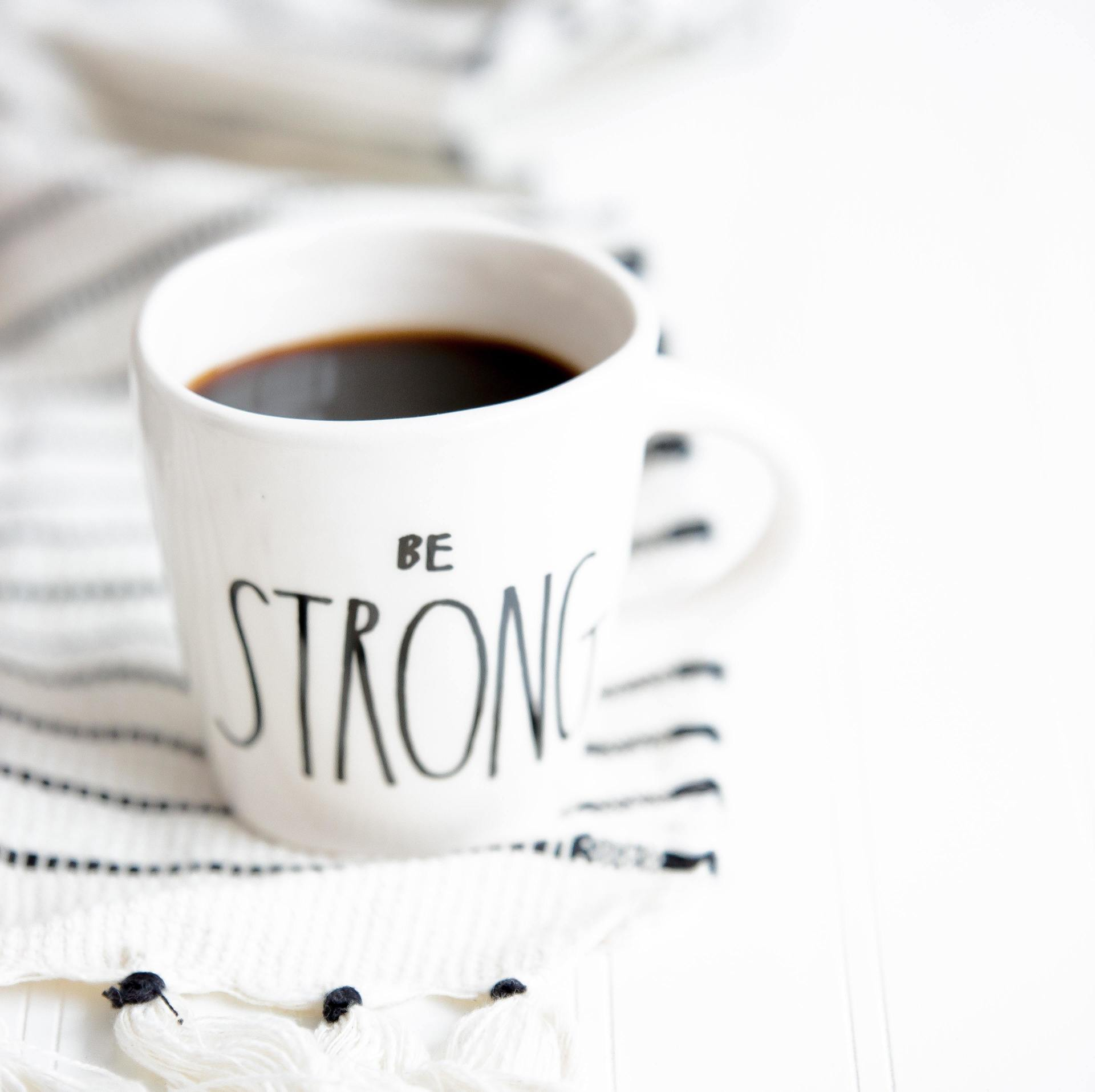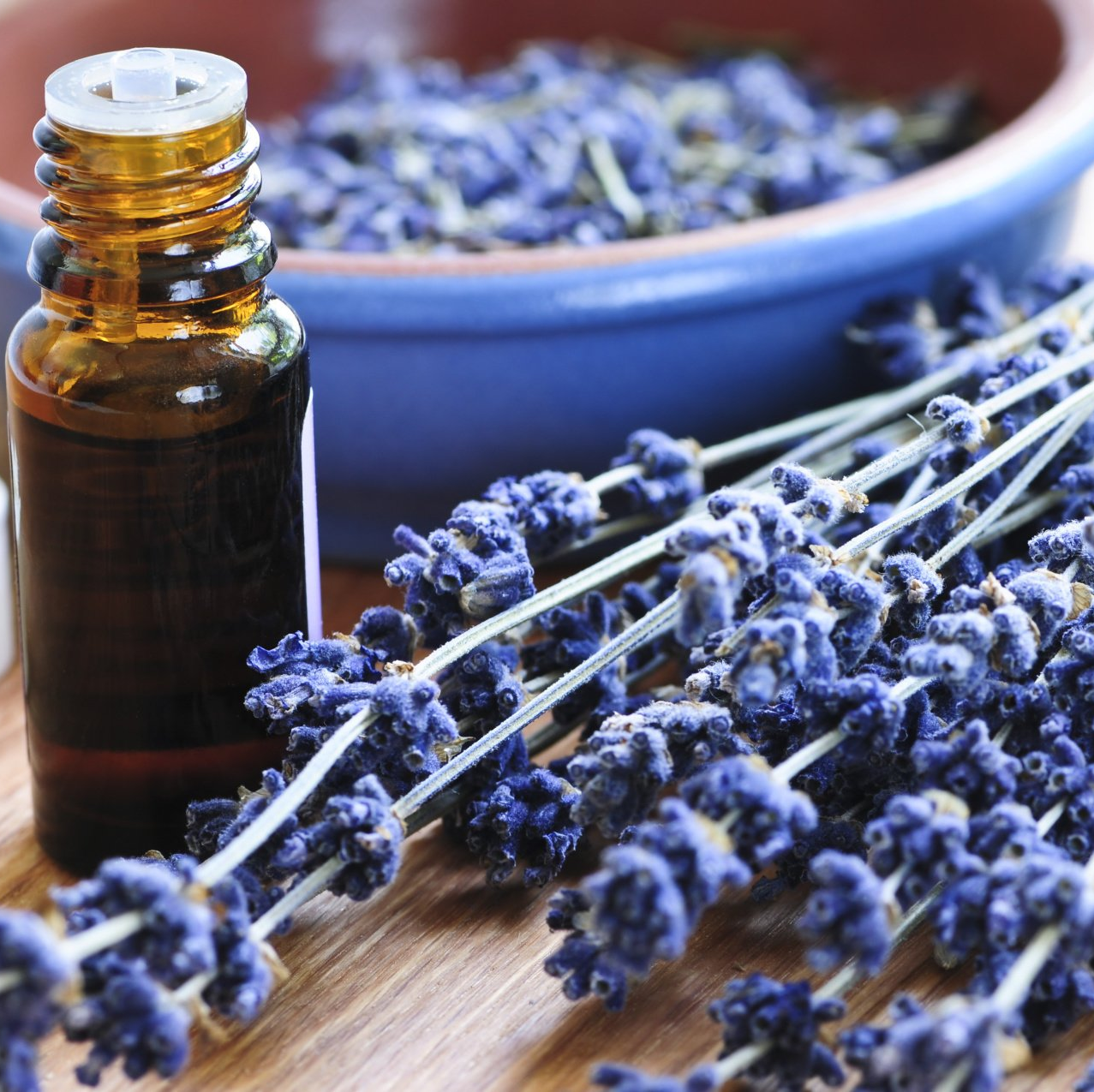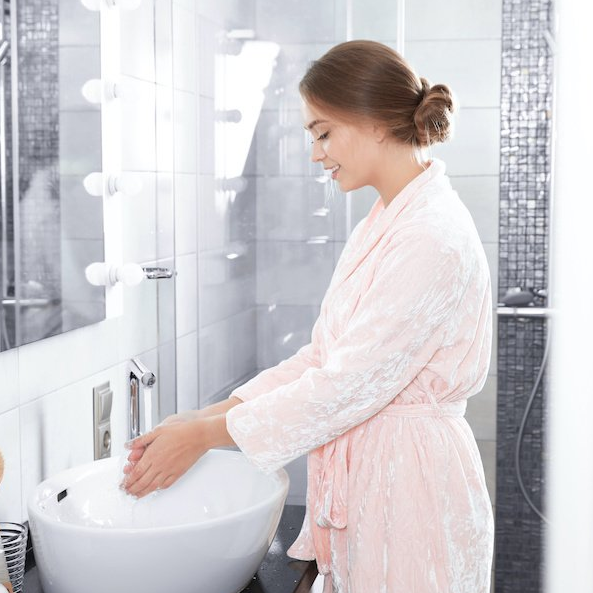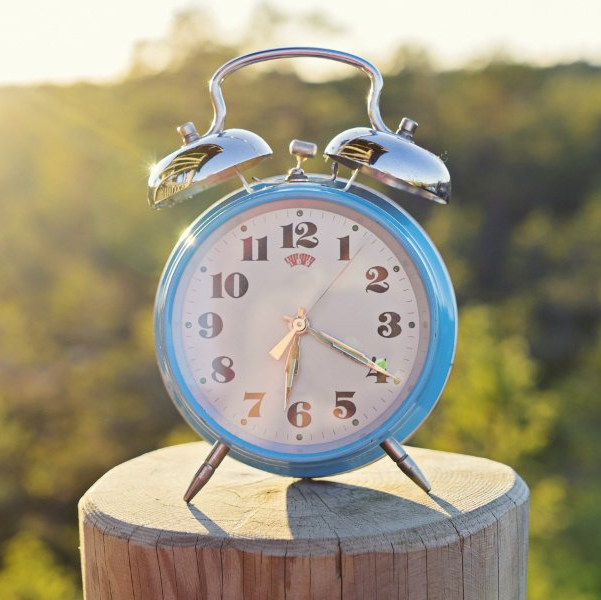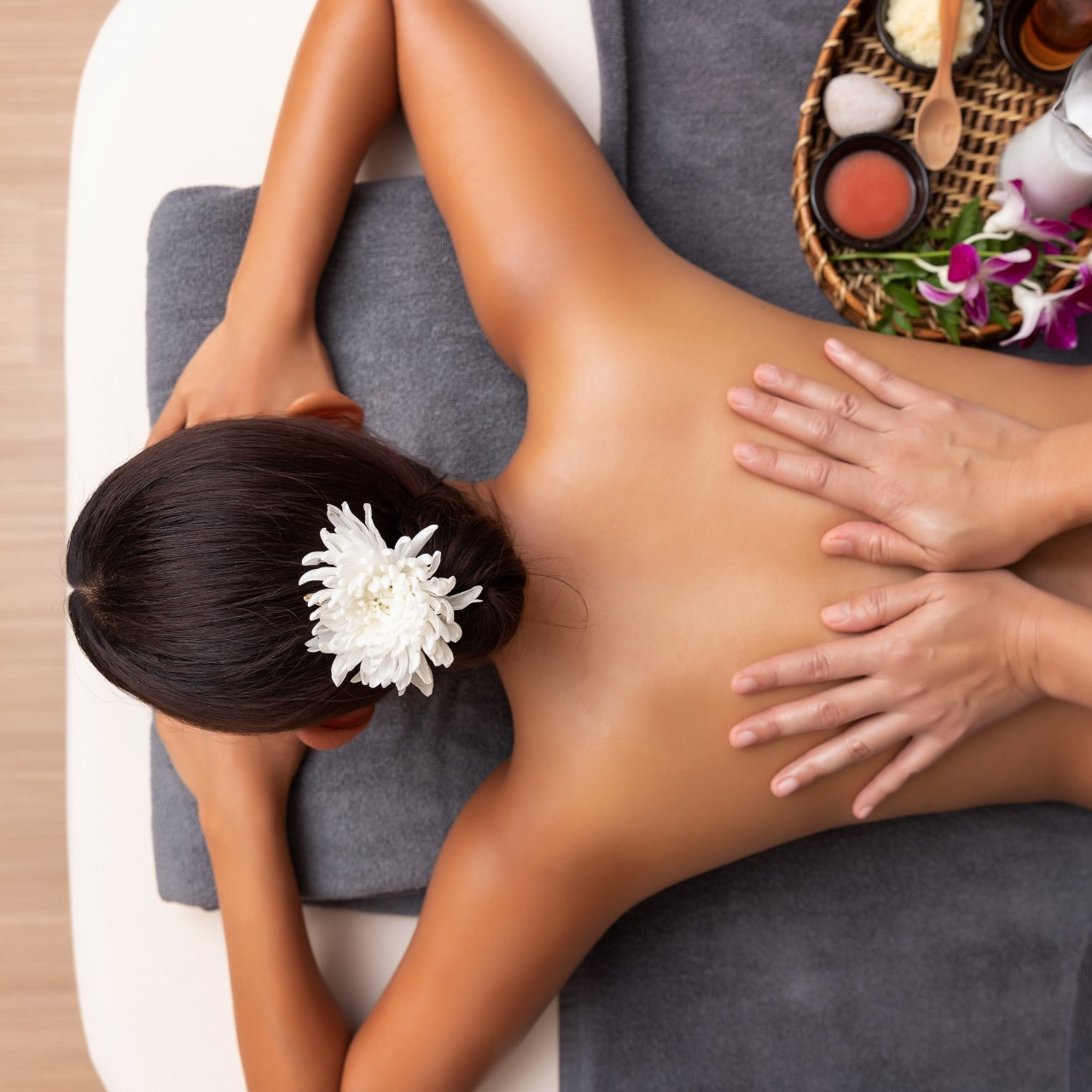The 1700s: A Hair and Makeup Revolution
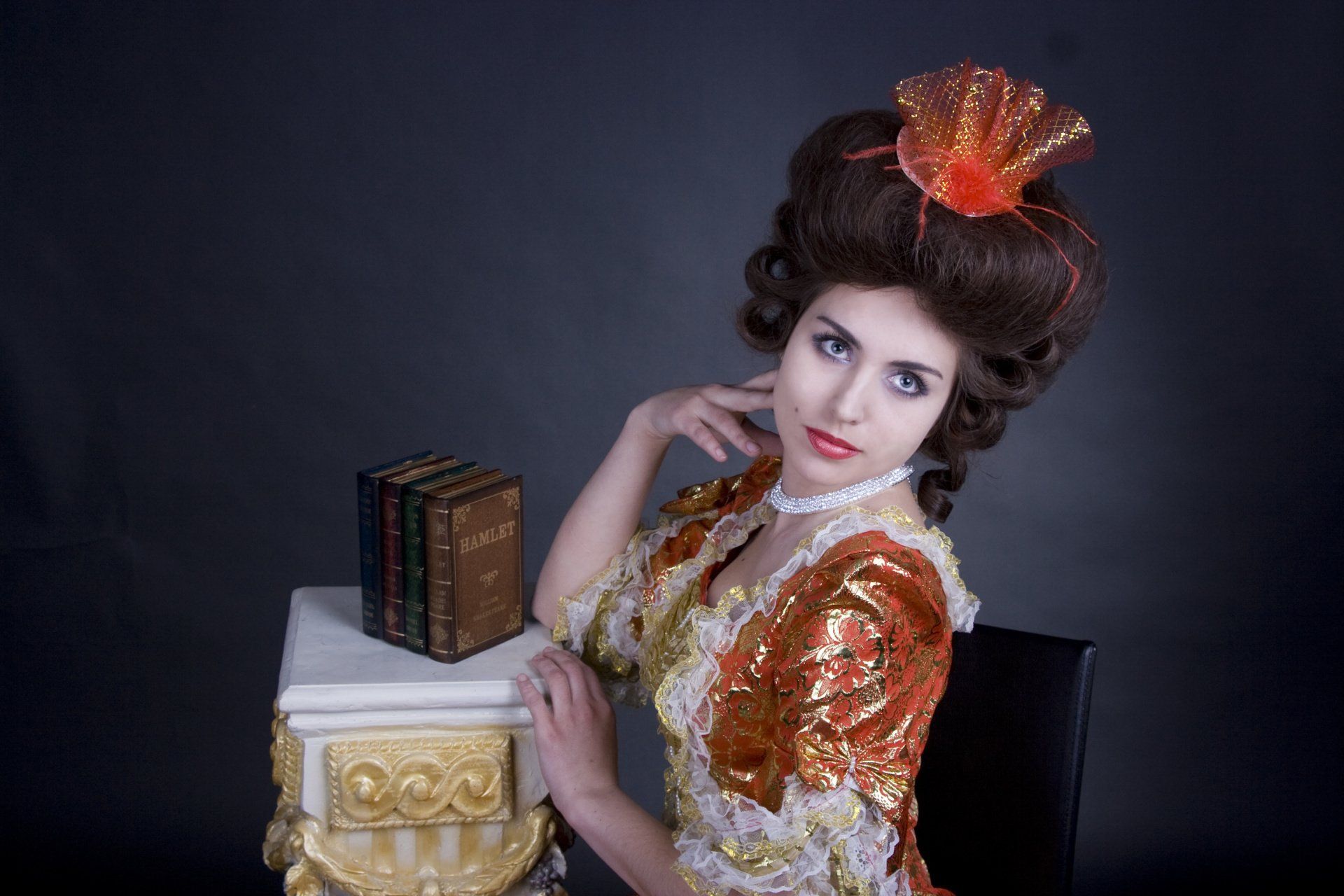
White complexion, big hair...Elvira? Bride of Frankenstein? Actually, we’re talking about the hottest looks of the 18th century. This time in history has become well known for style trends--a hair and makeup revolution that may leave people today scratching their heads--which were often marks of social status. With the Fourth of July right around the bend, why not flash back to the looks that were popular at the start of our nation’s history?
Contrasting Colors
While men and especially women are envied for golden tans today, the sought-after style in the 1700s was fair skin. Notably applied to the face and shoulders, products like creams to bleach the skin and white face paints created fairness denoting wealth (because such individuals would not work in the fields and get sunburned) and covered imperfections.
To provide contrast, individuals added rouge to their cheeks and dark red lip coloring. Women were even known to draw veins over their neck and chest areas to enhance the effect! The problem with frequent makeup use was its composition--face-whitening makeup contained copious amounts of lead, while rouge and lipstick featured equally-toxic vermillion and mercury.
Flawless Faces
Makeup signified status and concealed imperfections, but one additional method was to use beauty patches. Generally made of materials like silk or taffeta, the bits of fabric were often cut into shapes like stars or hearts, glued onto the skin and covered unseemly smallpox scars. Over time, they took on a life of their own, as the placement of each took on social meanings, such as passion (patch at the corner of the eye) or playfulness (patch on a dimple).
Styled with Purpose
The hair and makeup revolution of the 18th century was equal parts form and function, which included hairstyles and products. A popular trend throughout much of the century was powdered hair. On one hand, the powder served to absorb oil on the scalp. It also allowed people to somewhat dye their hair with colored powders to cover signs of aging, or on the converse, make hair appear white (a status symbol of the time) instead of purchasing rare and expensive white wigs.
Serious dedication came into play in terms of hairstyling. The most common of colors were preferred--black, brown and blond(e), and with some shape! To show off one’s own locks, the expectation was to have curls, or at least moderate waviness. The early-to-mid-1700s favored short, tight styles, but citizens of the time are arguably better remembered for the big hair of 1760-1780. To achieve the look, artificial hair and cushioning made from fabric were used to add height. These elaborate hairdos were adorned with feathers and pearls, and reflected social commentary, such as à l’inoculation (vaccine) and ballon (Montgolfier balloon experiments).
Revolutionize Your Look at Sewickley Spa
Hair and skincare are essential to looking and feeling our best. While we don’t recommend bringing back the lead-based products of a bygone era, we can help you to achieve healthy, hydrated skin. Sewickley Spa’s invigorating facials will bring youthful, healthy skin to the surface. Explore your options today.
